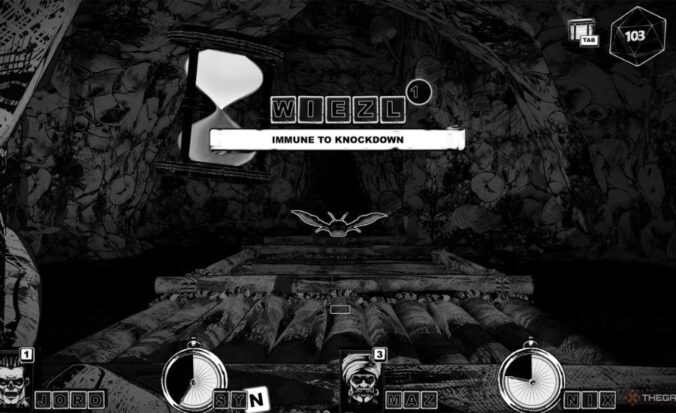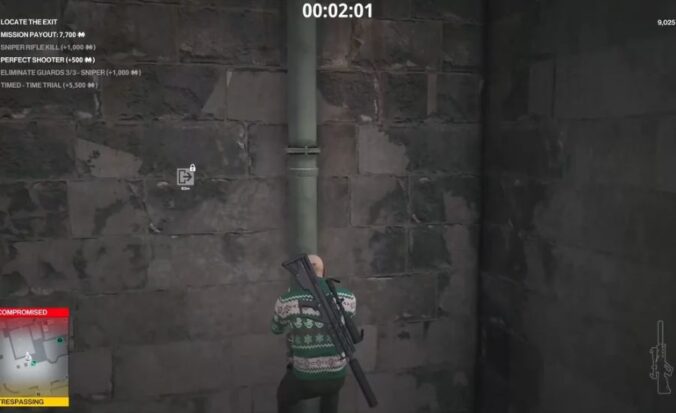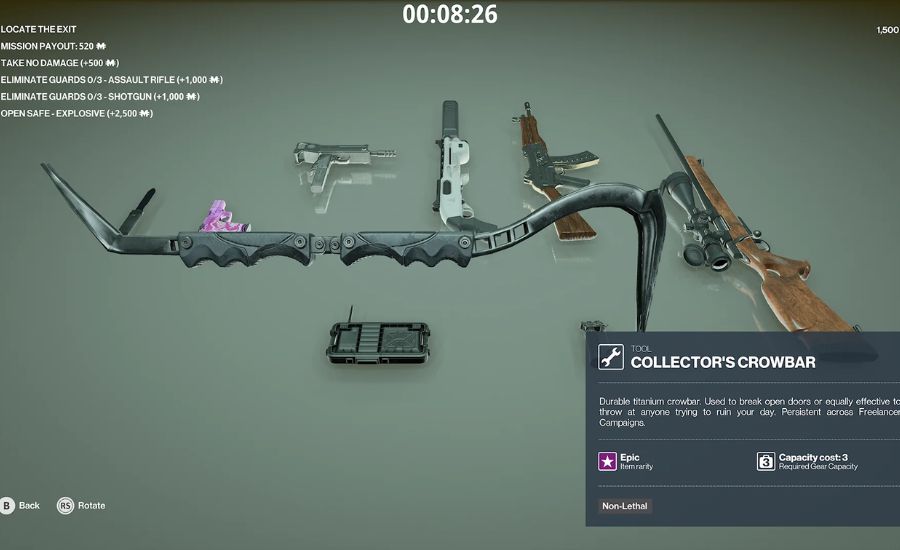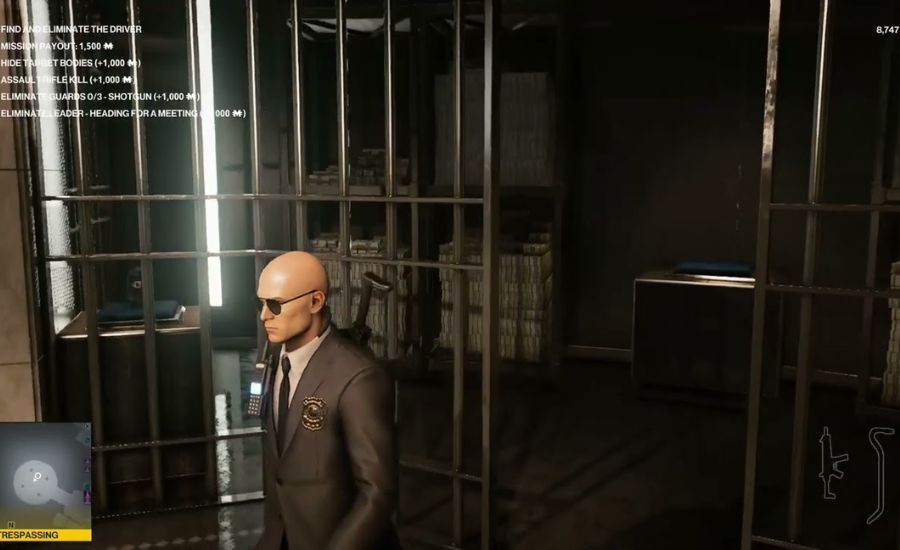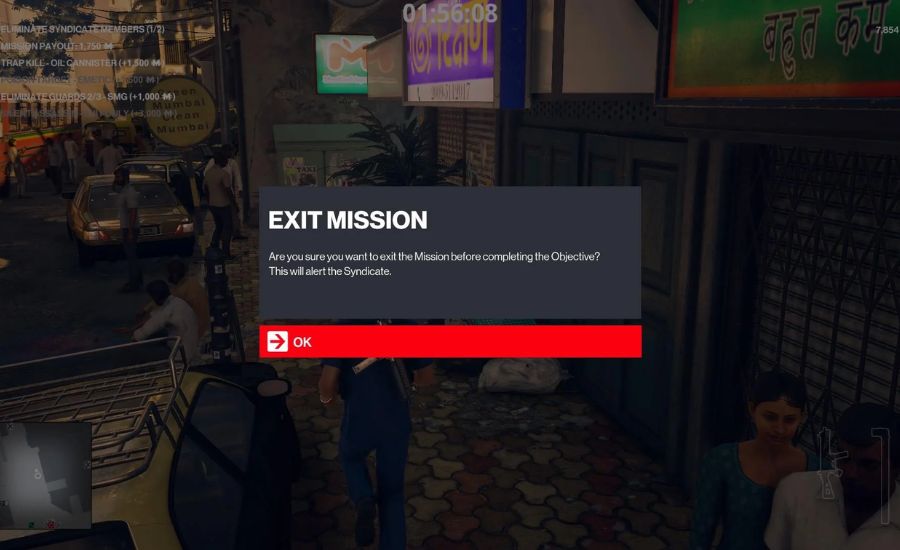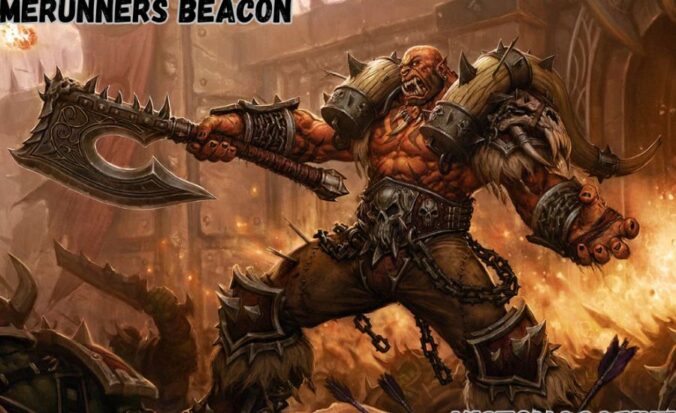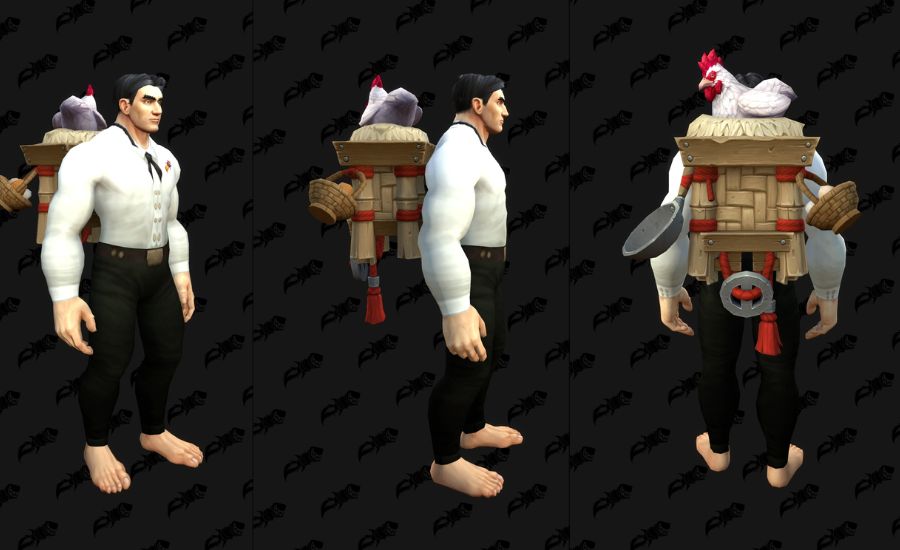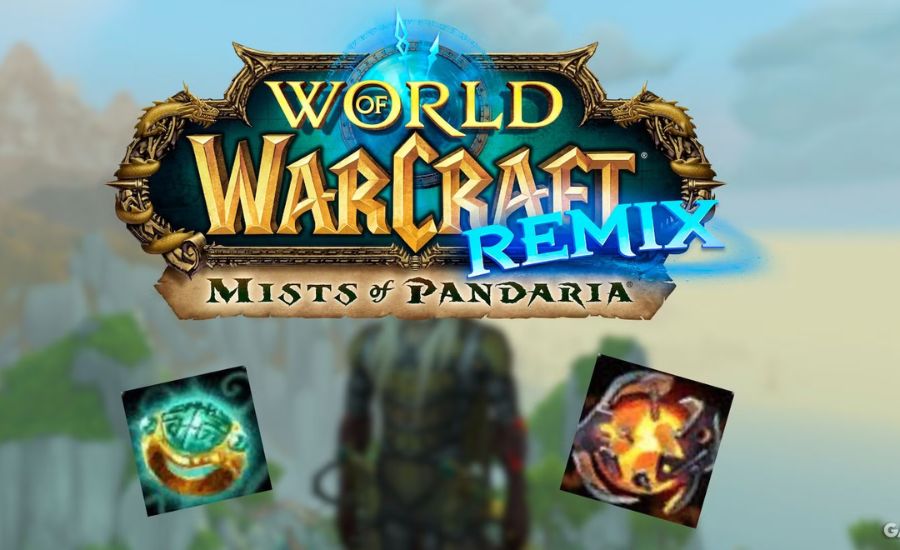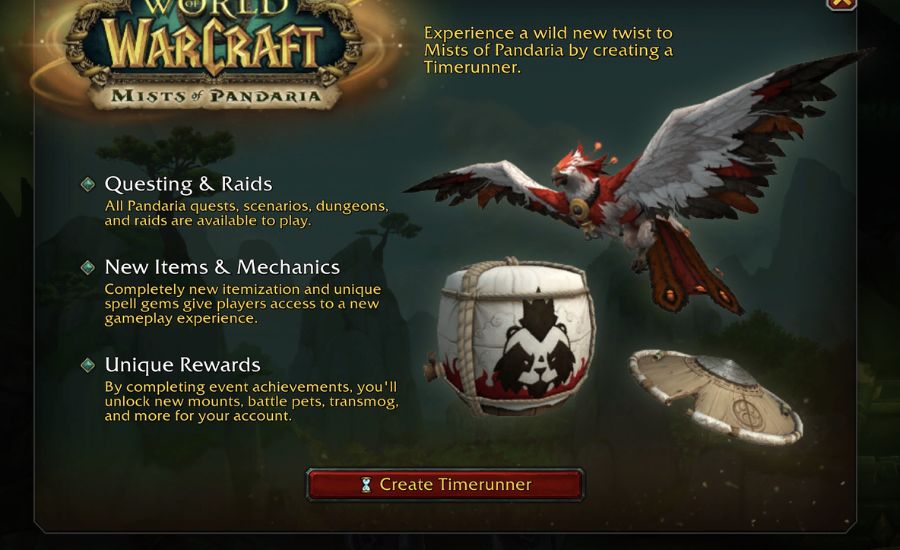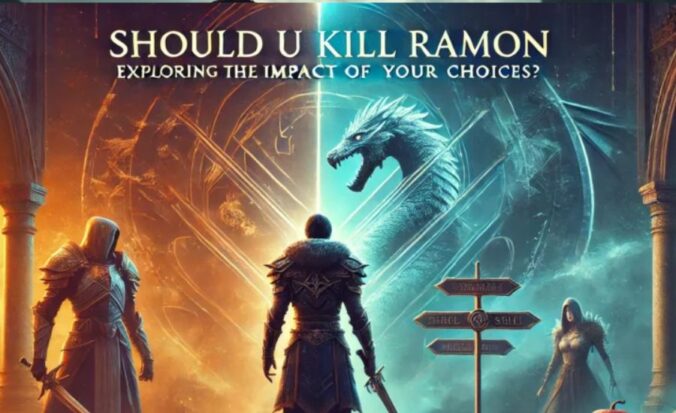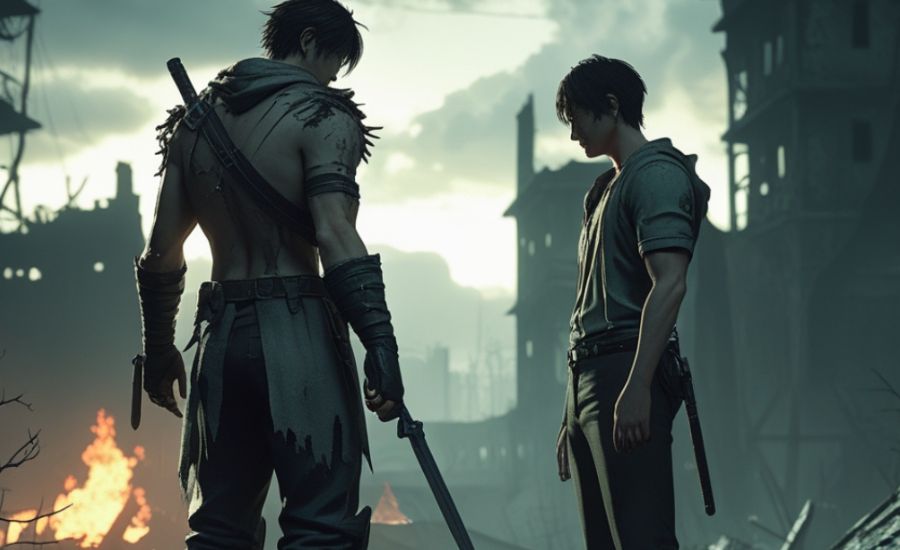Introduction to Cryptmaster Bonehouse Answers West Swamp
When it comes to games that pull gamers right into a world of eerie intrigue and hidden secrets and techniques, Cryptmaster Bonehouse stands proud as a masterpiece of darkish storytelling. With its difficult lore, cryptic puzzles, and immersive landscapes, it’s no wonder that players find themselves returning time and time once cryptmaster bonehouse answers west swamp more to discover its many mysteries.
One of the most enigmatic places in the game is the West Swamp—a shadowy, desolate area that seems to conceal more than it well-knownshows. Strange symbols, cryptic messages, and unsettling whispers advise that something ominous lies beneath its murky waters. But what exactly is the name of the game of the West Swamp? Are the scattered clues a part of a bigger, interconnected mystery? And how does this eerie panorama tie into the overarching tale of Cryptmaster Bonehouse?
In this deep dive, we’ll explore some of the most compelling fan theories, insights from the sport’s developers, and strategies that might assist you find out the hidden truths lurking inside the West Swamp. Whether you are a seasoned participant or a newcomer eager to get to the bottom of its secrets and techniques and strategies, this manual will shed light on considered one in every of the sport’s most charming places.
The Origins of the Cryptmaster Bonehouse Answers West Swamp
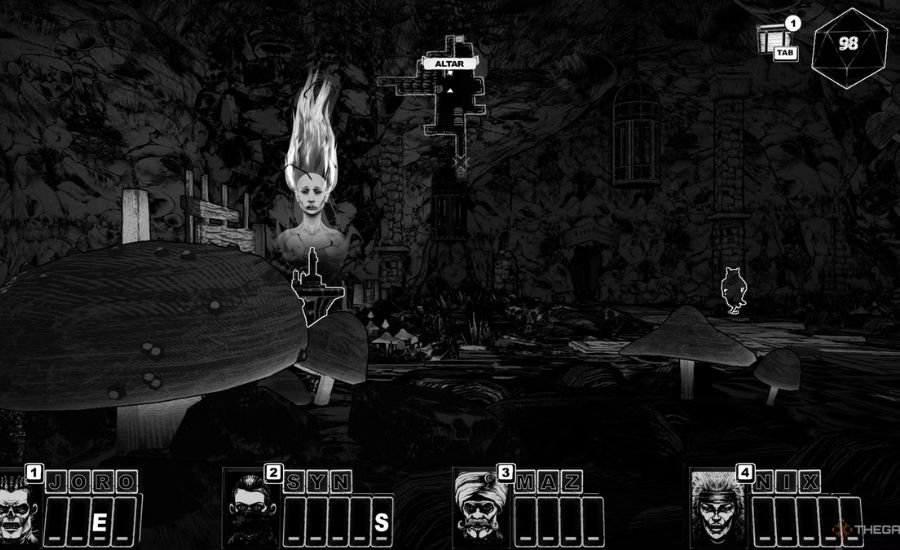
The Cryptmaster Bonehouse has long been shrouded in thriller, its origins deeply intertwined with ancient fears and superstitions. Historical money owed suggest that it was no longer merely a burial web page but a built barrier against supernatural forces that have been believed to roam the West Swamp. The shape itself changed into supposed as both a sanctuary and a containment chamber—an eerie fort intended to hold the restless dead from disturbing the residing.
Legends passed down via generations describe the Bonehouse as a domain of cryptic ceremonies, often completed below ominous red moons. These rituals, orchestrated by using communities desperate for remedy, had been designed to appease spirits and save you malevolent forces from crossing into the world of the dwelling. The West Swamp, recognised for its dense fog and unsettling silence, have cryptmaster bonehouse answers west swamp become the perfect backdrop for such spectral folklore.
Though the actual origins of the Bonehouse stay obscured by using time, its life serves as a chilling reminder of humanity’s enduring attempts to recognize and control the unknown. Whether as a place of remembrance or a barrier in opposition to the supernatural, its legacy continues to awaken intrigue and hypothesis.
Exploring the Enigma of the West Swamp
For gamers moving into the eerie depths of Cryptmaster Bonehouse, the West Swamp emerges as one of the sport’s most haunting and enigmatic regions. Shrouded in thick, creeping fog and littered with the remnants of forgotten ruins, this desolate landscape appears to pulse with an unsettling electricity. Every shadow suggestions at untold stories, at the same time as bizarre relics and cryptic symbols propose the presence of a hidden, malevolent pressure lurking simply beneath the surface.
Far from simply another eerie setting, the West Swamp plays a critical position in the game’s overarching mystery. Players who discover its murky depths may also discover long-buried secrets, forgotten legends, and clues that weave into the larger narrative of Cryptmaster Bonehouse. With each discovery, the swamp reveals extra than simply its ghostly atmosphere—it unveils a deeper, more sinister fact waiting to be unraveled.
What Makes the West Swamp Special?
At first glance, the West Swamp in Cryptmaster Bonehouse may also appear like just any other desolate area designed to challenge a player’s cryptmaster bonehouse answers west swamp survival instincts. However, individuals who take some time to explore past the surface will be aware an difficult web of hidden details, mysterious symbols, and eerie patterns that gasoline endless fan theories. The oppressive ecosystem is amplified by ambient soundscapes—distant murmurs, whispering voices, or possibly echoes of lost souls trapped in the swamp’s boundaries.
Keen-eyed adventurers will find unusual anomalies scattered in the course of the landscape. The gnarled, bone-encumbered timber appear to form historical runes, while moss-covered stones bear faint, decayed inscriptions, as though whispering a forgotten records. But one of the swamp’s maximum compelling functions is the Forgotten Obelisk, a towering relic standing at its middle. Adorned with cryptic carvings, this enigmatic shape has sparked considerable speculation. Many consider those symbols preserve the key to unlocking some of the game’s deepest secrets and techniques—possibly even revealing the swamp’s ominous origins.
Deciphering Theories About the West Swamp
The mysterious factors of the West Swamp have lengthy captured the creativeness of the gaming network, sparking plenty of interesting fan theories. Players have meticulously analyzed game updates, design guidelines, and the wealthy lore located in Cryptmaster Bonehouse’s books, main to some captivating speculations. Here’s a roundup of the maximum widely mentioned theories circulating in the fanbase these days:
1. The Last Realm of Bonehouse
One famous idea suggests that the West Swamp will be the remnants of an historical and forgotten realm once under the manage of Cryptmaster himself. What remains is the lingering trace of his once-awesome energy, now fragmented and seeping into the swamp. The eerie wraiths that roam the place? They might be his cryptmaster bonehouse answers west swamp dependable servants, now trapped in a liminal space between worlds.
A Hidden Gateway to Cryptmaster’s Domain
Another growing theory proposes that the West Swamp serves now not as a trifling vacation spot, however as the entrance to some thing a ways more sinister. Keen-eyed lovers have exposed several carvings scattered at some stage in the swamp, containing inscriptions that translate to terms like “gateway” and “the veil thins.” This has led a few to take a position that the swamp hides a mystery passage leading cryptmaster bonehouse answers west swamp directly to the Cryptmaster’s lair, hinting at a ability climactic event or screen in destiny content updates.
3. A Forgotten Warning
An intriguing idea shows that the West Swamp itself serves as a long-forgotten caution embedded inside the global of Cryptmaster Bonehouse. The swamp’s pervasive decay and the haunting remnants of as soon as-fantastic civilizations may signify the tragic downfall of societies that succumbed to the Cryptmaster’s curse. Some fanatics speculate that the swamp could be a foreshadowing of the player’s very own potential destiny, shaped by means of the decisions they make at some point of the game. Could the swamp be a reflection of the selections yet to return?
A Century of Shadows: Unlocking the Secrets of Bonehouse
For centuries, the Cryptmaster Bonehouse stood as an enigma, its authentic nature hid in layers of mystery. It wasn’t until the past due twentieth century that explorers finally ventured interior, eager to discover its secrets and techniques. However, what they uncovered only deepened the intrigue surrounding the Bonehouse, presenting extra questions than solutions and leaving its true purpose as elusive as ever.
Easter Eggs Galore
Players are persuaded that the West Overwhelm is brimming with easter eggs. Rumors from the fan subreddit recommend covered up messages show up as it were at particular times of day, whereas others report finding cloud markers cryptmaster bonehouse answers west swamp that, when combined, seem include up to bigger puzzles.
Engaging with the West Overwhelm Content
If the swamp’s puzzles keep you wakeful at night, don’t worry—you’re not alone! Here are a few ways to lock in with West Overwhelm substance in the most smart and fulfilling ways possible:
1. Connect the Community Discussions
The Cryptmaster Bonehouse Reddit and Strife servers are full of hypotheses, disclosures, and fan-made maps of zones like the West Overwhelm. Joining the discussion can lead you to clues you might have missed.
2. Chronicle Each Detail
Many players keep diaries of their finds in the West Swamp—hints, images, inconsistencies. Keeping a record of your claim investigation can allow you a clearer picture of the swamp’s covered up patterns.
3. Take an interest in Challenges
The amusement regularly discharges community-wide challenges spinning around key areas. Remain stopped in to official overhauls to guarantee you don’t miss the another opportunity to fathom complex confuses or win elite West Overwhelm rewards.
4. See for Clues in Future Updates
Game makers adore to drop insights for future substance in fix notes or foundation objects. Examined them altogether or return to the cryptmaster bonehouse answers west swamp overwhelm after upgrades to spot potential modern leads.
What Does the Overwhelm Cruel to You?
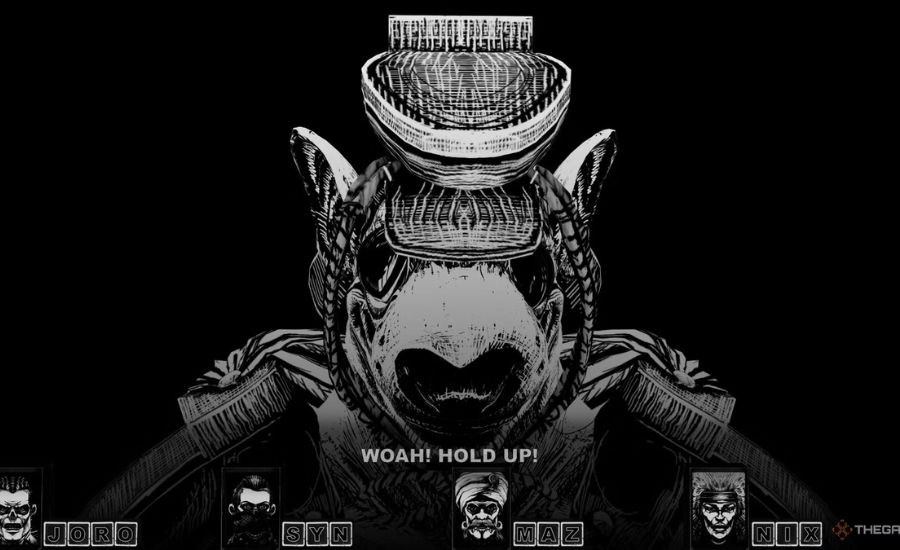
The West Overwhelm isn’t fair a dim, foreboding outline location—it is a entry of plausibility. Whether it’s an zone wealthy in untold stories or a portending gadget inside the bigger Cryptmaster Bonehouse universe, it proceeds to start interest and engagement among the fan base.
Are you revealing privileged insights or chasing shadows? It might not matter. The bliss is in the chase. What have you revealed in the West Overwhelm? We’d cherish to listen your hypotheses, encounters, or indeed screenshots of your finds! Share your considerations in the comments or on social media to keep the talk alive.
Pass The Eyestone Guarding The Tomb
After crossing, you will see a few other rats meandering around. Proceed straight and go through the wooden entryway. As you continue, you will see an Holy place on the cleared out. Fair like in the to begin with chapter, you require to annihilate this Sacrificial table with a command like DESTROY.
After crushing the Sacrificial table, turn your back to it, take a step forward, and turn cleared out. Talk to the rodent you see ahead by writing CHAT. He will inquire for your offer assistance to discover his child, Ratty, who is misplaced in the Swamps. For presently, you have more vital errands to total some time recently finding that cryptmaster bonehouse answers west swamp rat’s child, but you will unquestionably go to discover him some time recently wrapping up this chapter.
After talking to him, enter the entryway following to him labeled ‘Bonehouses’. Here, you will have three unused places to go: Tower, Swamps, and Tombs.
When you attempt to enter the Tower, you will be halted and inquired if you are Eminence. Indeed if you say yes, you won’t be accepted and will be told that the as it were Sovereignty known are those buried in the Tombs. Hence, your alternatives are either Tombs or Swamps.
It will inquire you the reason for entering the Tombs, and if you reply ‘ROBBERY’ as Fink proposed, it will not acknowledge you, and you will listen FINK giggling in the foundation. Conversation to him once more, and he will tell you that he can provide you the genuine reply to pass the Eyestone Entryway, but to begin with, you require to play a card diversion called ‘WHATEVER’ with him.
Use ‘BRIDGE’ To Reach Bonehouses
First, you’ll discover yourself another to a well. At this arrange, there’s nothing else you can do but head towards the entryway ahead. After confronting the Bonehouses sign, there’s nothing on the cleared out side that you can associated with. Move to the right, and you’ll see a flying fish-like animal watching. Keep in mind, this sort of animal doesn’t get thumped back.
Kill the animal, and whereas standing on the logs over the water, you’ll take note the way parts into two. For presently, turn cleared out, where there will be another watching flying angle animal. At this minute, there’s nothing in this room cryptmaster bonehouse answers west swamp you can connected with. Exit the room, turn cleared out, and go through the door.
After continuing a bit encourage, a rodent protect will halt you and inquire for the reason of your visit. At this arrange, you can say Commerce or Joy. At that point, he will inquire approximately your calling; at this point, you can react with Pilgrim or something comparative. The protect will inquire if you’ve been included in any anti-rat exercises, to which you ought to answer NO.
He will at that point inquire if you are carrying any sharp or bladed weapons, to which you ought to moreover answer NO. For the final address, the watch will inquire you to rate how accommodating he has been. You can reply with TEN or ELEVEN. After wrapping up your discussion with the rodent watch, sort BRIDGE to cross to the other side.
The Moving Landscape and Advancing Swamps
Throughout the centuries, the scene encompassing Bonehouse has experienced sensational changes. The West Overwhelm, a always advancing cryptmaster bonehouse answers west swamp biological system, has been formed by both common strengths and human exercises. The rise and drop of water levels, driven by regular surges and dry seasons, have once in a while uncovered covered up pathways that were once thought misplaced, advertising brief openings for gutsy pioneers to reveal the crypt’s secrets.
Notable changes in the landscape include:
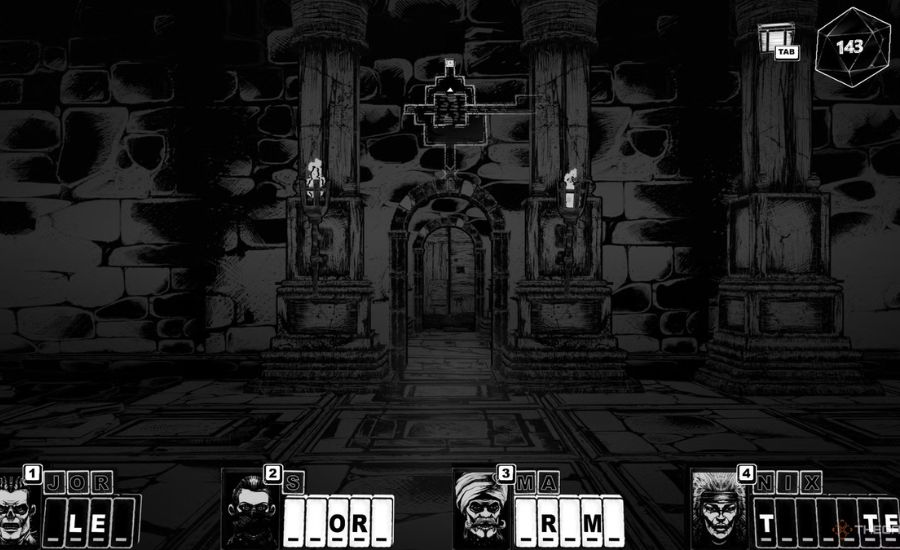
The disastrous flooding of 1872, which submerged parts of the Bonehouse, briefly uncovering segments of the tomb over ground.
In the 1970s, point by point archeological mapping disclosed already obscure submerged chambers, advertising modern experiences into the crypt’s structure.
Most as of late, the Drealen Dry spell of 2019 revealed a long-hidden side entrance that had been concealed for centuries.
Facts:
- Cryptmaster Bonehouse Lore:
- The Cryptmaster Bonehouse is depicted as a mysterious and ancient structure tied to supernatural forces.
- It serves both as a burial site and a containment chamber, built to hold restless spirits and prevent malevolent forces from entering the living world.
- West Swamp:
- The West Swamp is a key location in cryptmaster bonehouse answers west swamp the game, marked by dense fog, ruins, eerie symbols, and strange relics.
- The swamp’s role is crucial in the game’s overarching mystery, offering players a deeper connection to the narrative.
- Key features of the swamp include the Forgotten Obelisk, an enigmatic structure with cryptic carvings believed to hold the key to the swamp’s mysteries.
- Fan Theories:
- One theory suggests that the West Swamp may be the remnants of a realm controlled by the Cryptmaster.
- Another theory proposes that the West Swamp could be a hidden gateway to the Cryptmaster’s domain.
- A third theory speculates that the swamp serves as a warning, a reflection of what could happen to players depending cryptmaster bonehouse answers west swamp on their in-game decisions.
- West Swamp Puzzle and Exploration:
- Players are encouraged to connect with the community, document their findings, and participate in challenges to further uncover the swamp’s secrets.
- The swamp is filled with easter eggs and clues, which may appear at certain times or after game updates.
- Eyestone Guarding The Tomb:
- The game features various interactions with NPCs, including a rat that needs help finding its lost child, Ratty, within the Swamps.
- Players encounter a series of challenges when trying to access different parts of the Bonehouses, including the need to answer specific questions to proceed.
- Players can also engage in a card game called ‘WHATEVER’ with an NPC named Fink to gain access to the Eyestone Gate.
- Bonehouses Progression:
- The landscape of Bonehouse has changed cryptmaster bonehouse answers west swamp over time due to natural events and human interventions.
- Notable historical events influencing the region include the disastrous flooding of 1872, the archaeological mapping of the 1970s, and the Drealen Dry Spell of 2019, which revealed hidden entrances.
These points highlight the game’s complex lore and the immersive exploration elements players experience in the West Swamp and beyond.
Summary:
The article delves into the eerie and mysterious West Swamp in Cryptmaster Bonehouse, exploring its dark history and its role within the game. The swamp is known for its cryptic symbols, unsettling atmosphere, and connection to ancient rituals designed to contain supernatural forces. Players who venture into the swamp uncover hidden clues, symbols, and anomalies, sparking a series of fan theories about its significance. The theories speculate that the West Swamp may be linked to the Cryptmaster’s past cryptmaster bonehouse answers west swamp or even serve as a gateway to his domain.
The article also highlights the swamp’s ongoing allure, where players connect through online communities, share theories, and unlock new content. Additionally, it touches on gameplay elements, such as solving puzzles, interacting with characters, and navigating through areas like Bonehouses and Tombs, to gradually uncover the swamp’s secrets. The narrative is further enriched by the shifting landscape of the Bonehouse region, where historical events like floods and droughts have revealed hidden pathways and chambers, fueling further exploration and mystery.
FAQs:
1. What is the West Swamp in Cryptmaster Bonehouse?
The West Swamp is a mysterious, eerie area in Cryptmaster Bonehouse, filled with cryptic symbols, unsettling whispers, and strange relics. It plays a cryptmaster bonehouse answers west swamp significant role in the game’s overarching mystery, offering players a chance to uncover hidden truths and unravel a larger narrative.
2. What are the fan theories about the West Swamp?
Some popular fan theories suggest that the West Swamp could be:
- The remnants of an ancient realm once ruled by Cryptmaster.
- A hidden gateway to Cryptmaster’s domain.
- A long-forgotten warning about the consequences of tampering with supernatural forces.
3. What is the Forgotten Obelisk in the West Swamp?
The Forgotten Obelisk is a towering relic in the center of the West Swamp, adorned with cryptic carvings. Many players believe that these symbols hold the key to unlocking the swamp’s secrets and revealing its ominous origins.
4. How do I access the Bonehouse in the game?
To access the Bonehouse, you need to proceed through the Eyestone Guarding the Tomb. This requires completing certain tasks, such as destroying the Sacrificial Table and speaking with a rat NPC who will guide you further. You may also need to play a card game called ‘WHATEVER’ to pass through the Eyestone Gate.
5. What is the significance of the West Swamp’s ever-changing landscape?
The landscape around the Bonehouse, especially the West Swamp, changes over time due to natural forces and human activities. Historical events such as the flooding of 1872 and the Drealen Dry Spell of 2019 have exposed hidden pathways and sections of the crypt, providing new opportunities for discovery.
6. How can I decode the cryptic symbols and messages in the West Swamp?
To decode the symbols, players should pay attention to the environmental clues, such as moss-covered stones, bone-shaped trees, and the patterns cryptmaster bonehouse answers west swamp in the swamp. It’s helpful to keep a record of your findings and compare them with others in the gaming community to spot hidden connections.
7. Are there any community challenges related to the West Swamp?
Yes, the game often releases community-wide challenges that focus on areas like the West Swamp. Participating in these challenges can help uncover additional clues and rewards, and it’s a great way to collaborate with other players to solve puzzles.
8. What’s the best way to engage with the West Swamp content?
The best ways to engage with the West Swamp content include joining community discussions, keeping a diary of your discoveries, participating in challenges, and watching for clues in game updates. Interacting with other players can often lead to new insights and hidden details.
9. How does the West Swamp tie into the larger narrative of Cryptmaster Bonehouse?
The West Swamp is intricately tied to the overarching story of Cryptmaster Bonehouse. It represents a place of decay and forgotten history, with clues that suggest it holds the key to understanding the game’s deep lore and the Cryptmaster’s power.
10. Can the West Swamp be fully explored in the game?
While the West Swamp offers many secrets and challenges cryptmaster bonehouse answers west swamp, some areas may remain hidden or inaccessible depending on the player’s progress in the game. The evolving nature of the swamp means new discoveries and areas might be revealed with future game updates.
Read more about Game at Visit SearchKnowledge
